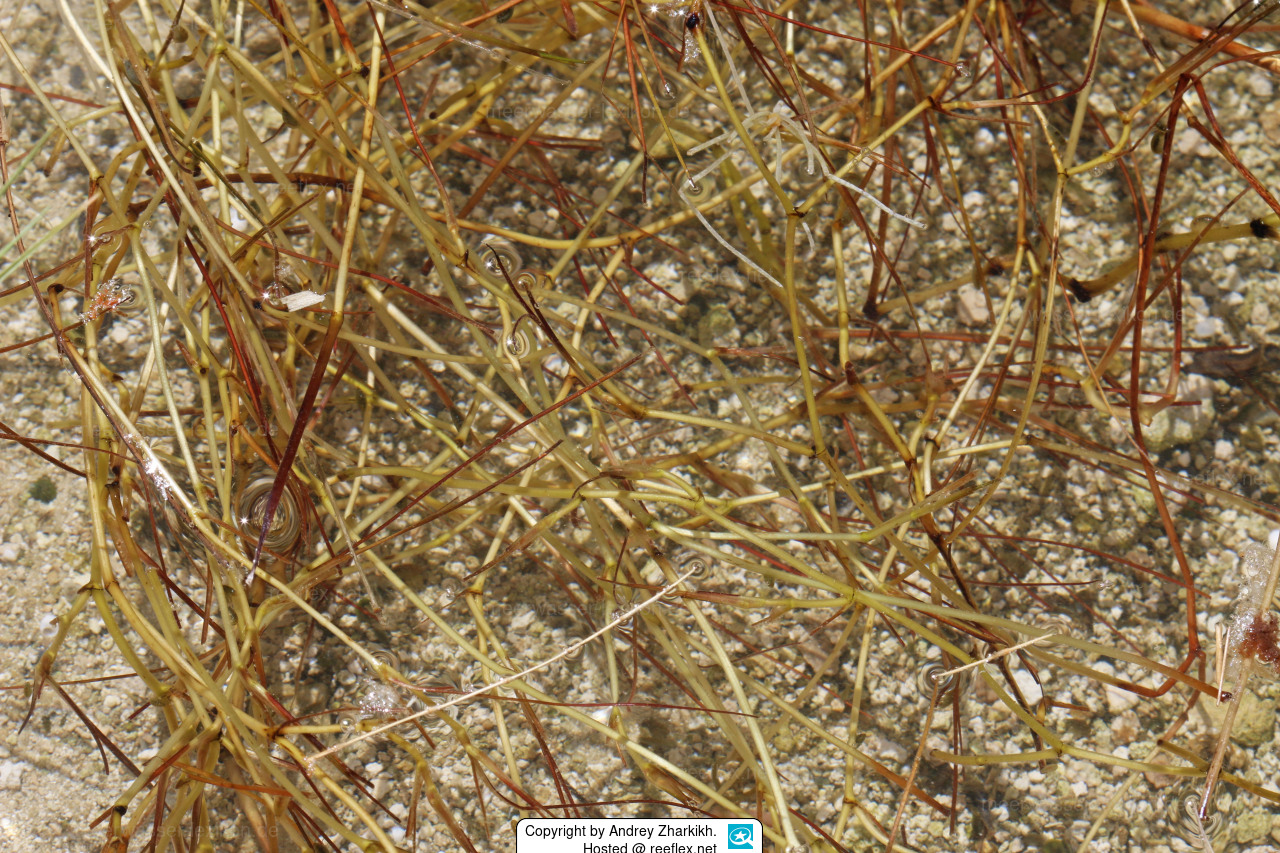Info
In Western Europe, the beach salt marsh occurs predominantly in brackish water sites, e.g., low salinity ponds and mesohaline to polyhaline coastal lagoons; in the sea, this species is rare.
The abundance of this species can vary greatly seasonally, and in severe winters it may disappear altogether
Ruppia cirrhosa is a fast-growing species and establishes rapidly.
This small grass-like aquatic plant grows especially well in highly calcareous lakes.
The leaves are filiform, up to 30 cm long and always submerged, their seed pods are found on short to long stems.
General about seagrass meadows:
Seagrass beds are among the very most important marine biotopes for many reasons:
Seagrass beds are nurseries for many marine animals especially fishes
Seagrass beds play an important role in coastal protection, as their root network counteracts erosion and erosion of sediments on beaches and cliffs.
Seagrass beds are extremely efficient and effective carbon stores
Seagrass beds produce oxygen
Seagrass beds protect our oceans from acidification
Seagrass beds prevent pathogens such as vibrios from multiplying in the water
Seagrass beds feed manatees, dugongs and sea turtles
The abundance of this species can vary greatly seasonally, and in severe winters it may disappear altogether
Ruppia cirrhosa is a fast-growing species and establishes rapidly.
This small grass-like aquatic plant grows especially well in highly calcareous lakes.
The leaves are filiform, up to 30 cm long and always submerged, their seed pods are found on short to long stems.
General about seagrass meadows:
Seagrass beds are among the very most important marine biotopes for many reasons:
Seagrass beds are nurseries for many marine animals especially fishes
Seagrass beds play an important role in coastal protection, as their root network counteracts erosion and erosion of sediments on beaches and cliffs.
Seagrass beds are extremely efficient and effective carbon stores
Seagrass beds produce oxygen
Seagrass beds protect our oceans from acidification
Seagrass beds prevent pathogens such as vibrios from multiplying in the water
Seagrass beds feed manatees, dugongs and sea turtles







 Andrey Zharkikh, Salt Lake City, USA
Andrey Zharkikh, Salt Lake City, USA


